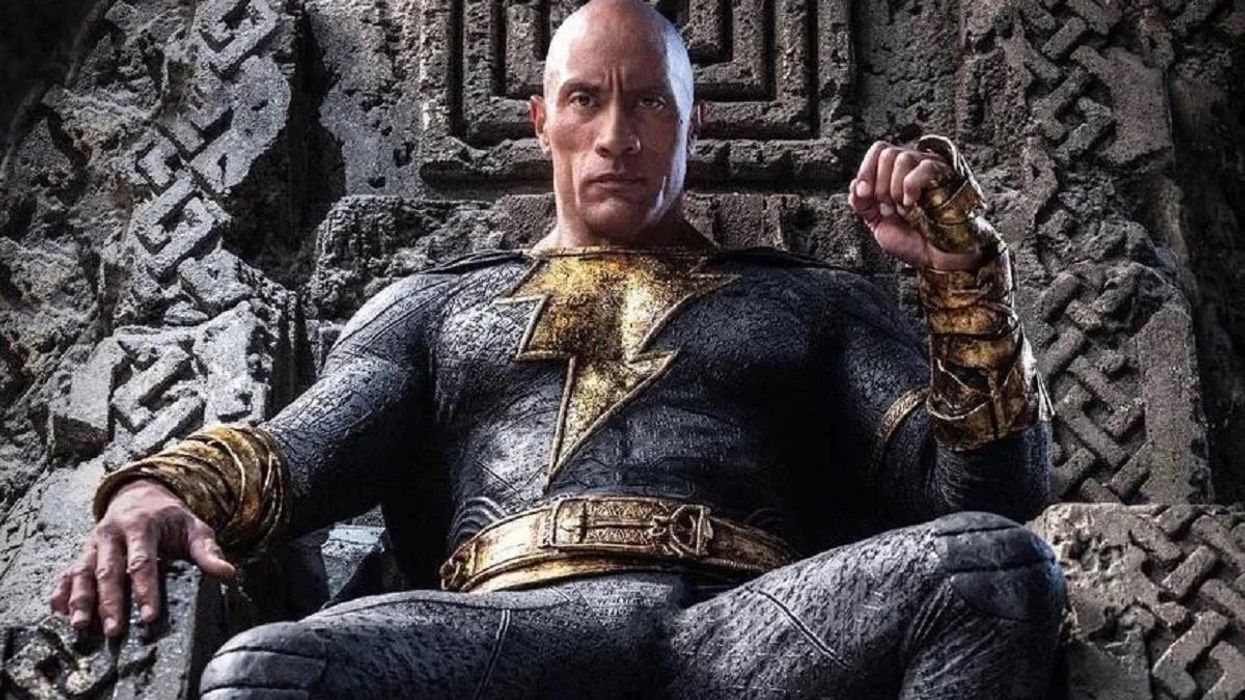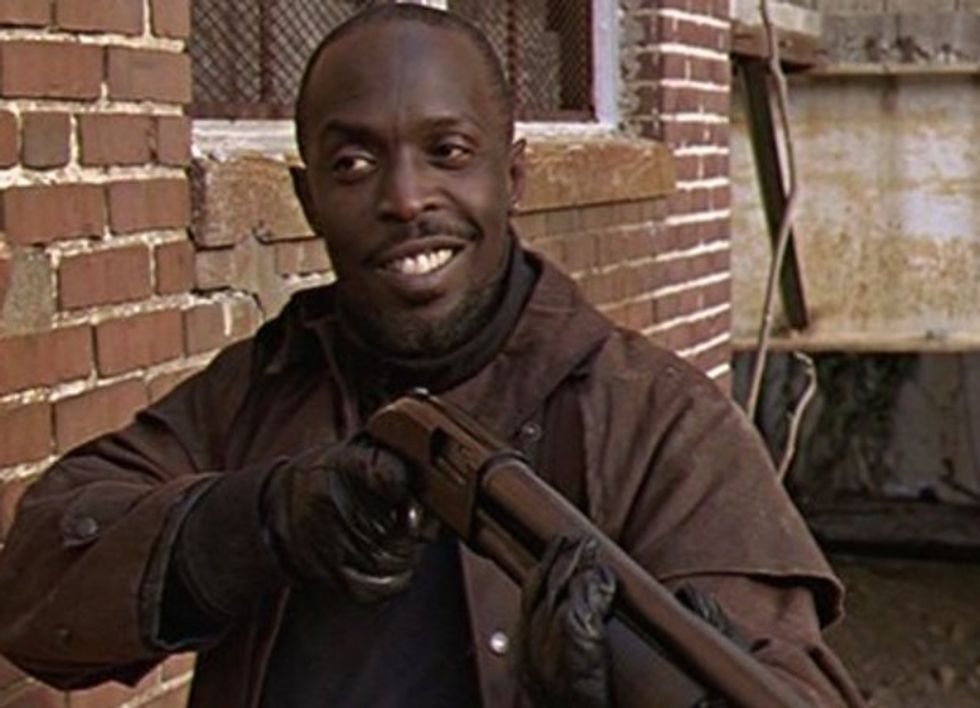What is an Anti Villain (with Examples and Definition)
The villain's job is to get in the way of the protagonist and to keep them from their goals. But what happens when the villain has its mission, and it's not that evil? That's the anti-villain.

With studios spending more and more money on tentpole films, we're in the golden age of villains. It seems like every comic book or Star Wars movie is vying to have a memorable villain that not only terrifies audiences but takes place in the pop culture lexicon.
But general evilness doesn't make for a good story. Your characters need to be developed and to have motivations and clear reasons for their actions.
But what if those reasons are altruistic?
Today we'll go over the anti-villain, compare them with anti-heroes, and look at examples in film and television.
What is an Anti Villain?
As we mentioned in the opener, the villain is usually the person standing in the way of the hero. Those are classical definitions. But it gets a little more complicated when we add a few wrinkles into the characterization and character arcs. This type of character is the opposite of an anti-hero. Let's jump to the next section to define this further.
Definition
The term is strictly defined as a character who has heroic goals, personality traits, and virtues but is ultimately villainous. Their desired ends might seem promising, or like they would build toward a utopia, but the means that they use to get there are evil.
Compared to the Anti-Hero
An anti-hero is a protagonist of a story that employs somewhat of a rougher method to deliver justice. This alternative character is still doing bad things, but with good intentions. Sure, these two can meet, as they did in Deadpool 2, where Cable goes back in time to kill the kid responsible for a terrible future. As you can see, intentions noble deeds bad. It applies to them both.
But this type of characters deeds are always worse in the long run.
They often crossover in comedies, but it can happen in dramas as well.
If you look at a movie like Unforgiven, Will Munny is a bad man who returns to a bad life to help settle a score. This brings him into direct opposition of Little Bill, who despite being a terrible person, just wants to be the sheriff that keeps peace in his town.
Let's take a look at the four varieties to drill the definition down even further.
The Four Types of Anti-Villains
The website TVTropes is a great resource for looking into character archetypes, and they didn't disappoint when it comes to this one. There are four distinct types out there. While some characters will fall into multiple categories, I think it's helpful to look at them in their purest form to help inspire our writing. Plus it's always great to look at examples.
The Noble Anti-Villain
There are lots of villains out there who just try to be villainous for no good reason. This baddie has a noble quest behind it. I like to think of it as a villain with a code. We talked about codes with Omar Little. And I think he fits into this category best. This is someone evil with standards. They have a set of rules they follow. Their evilness is a choice, so it makes them pretty bad for choosing to do it this way.

The Anti-Villain You Pity
We often think about the villains in movies as all-powerful and confident. But sometimes that's not the case at all. There are people whose villainy is based on tragic or awful circumstances. Their actions may be out of loyalty or love. They might be suffering from a disease, or just unjustly wronged. Their actions are still that of a villain. But they may have earned the right to be bad.
These are the Cersei Lannisters of the world. The people marched to their brink, who want to taste vengeance.
Or what about Wilson Fisk in Into The Spider-verse? His wife and child died tragically. He just wants them back and is willing to rip our world apart to tell them he loves them again.
Switching from Marvel to DC, I think Harley Quinn factors in here too.
Harley is the Joker's sidekick and wants to be part of his mayhem. But really, this is all based in love and devotion for Mister Jay that is both miscalculated and dangerous. You pity her because she gets nothing in return.
The Well-Intentioned Anti-Villain
Sometimes you hear a villains plan, and you agree with it. Sometimes they might even want the same thing as the main character, but there are right and wrong ways to achieve these goals. Your hero and villain may have the same antagonists on the way to completing this quest, but that doesn't mean they go about it the right way. Chances are this anti-villain is conscious that what they're doing is wrong, but they think this is the only way. This applies especially if they're a revolutionary or fighting what they believe to be an oppressive system.
Think about Killmonger from Black Panther (read the Black Panther script!). Killmonger has a dream. He wants revenge on the people who enslaved and oppressed his people. And he has every right to feel that way. But his actions will cause the death of thousands if not millions. He and Black Panther want similar things, love, and equality, but only one of them is willing to kill to get it.
The Anti-Villain In Name Only
These are the bad guys and gals who are not actively evil or malicious. They're only considered villains because their cause goes up directly against the hero of the story. That makes these people more neutral. Fighting with them can pose a moral dilemma for the hero of the story as well.
Not to lean too heavily on Marvel, but this is Bucky in The Winter Soldier and Civil War.
I think if you wanted to look at drama, you'd look at someone on the other side of a war movie. Like the German from Oregon in Band of Brothers. Yes, the Nazis are the worst people to ever walk the face of the earth. But there's a nuance to this true story. A face behind every helmet, and a story where depending on where you were born and where you moved, you were on a different side of the frontlines.
Why Write This Type of Villain?
Obviously, there is room for any kind of antagonist in Hollywood, but here we're all about making every character deeper and more meaningful. That means assessing if your story's antagonist, or anti-villain, could make your screenplay stand out. Everyone wants to get the most out of their writing and to get noticed.
Writing a villain that's not only identifiable but also emotionally gripping, can get your script the necessary bump it needs to take off.
Think about breakout hits like Mean Girls and even First Reformed.
We know who these characters are up against. In Mean Girls, the universal desire to be cool and part of a clique echoes with every viewer. What's crazier is that when we visit Regina George at home, we can kind of see why she lashes out. Her "cool mom" is all up in her business and there's a lot of pressure in her world.
First Reformed seems like the complete opposite movie but look at the way the reverend has to battle to get in with the popular priests. And he has to butt up against corporate interests. This is not only a struggle internally but also externally as he tries to prepare what he needs.
On the flip side, you can understand these peoples' worry about this hard-drinking priest who seems ready to fall off the wagon and to do something awful at any moment.
What's Next? How to write a great antagonist!
Whether you're writing a traditional villain or a spin like we outlined today, you need to build a strong character. That's why we took the time to break down the antagonist for your reading pleasure.
Done with the bag guys and want to get back on the lighter side? We can also help your protagonists pop.
In the end, this is all about finishing a screenplay or TV pilot you're proud to show around.
So get back to it!
Leave your anti-villain questions and thoughts in the comments!











